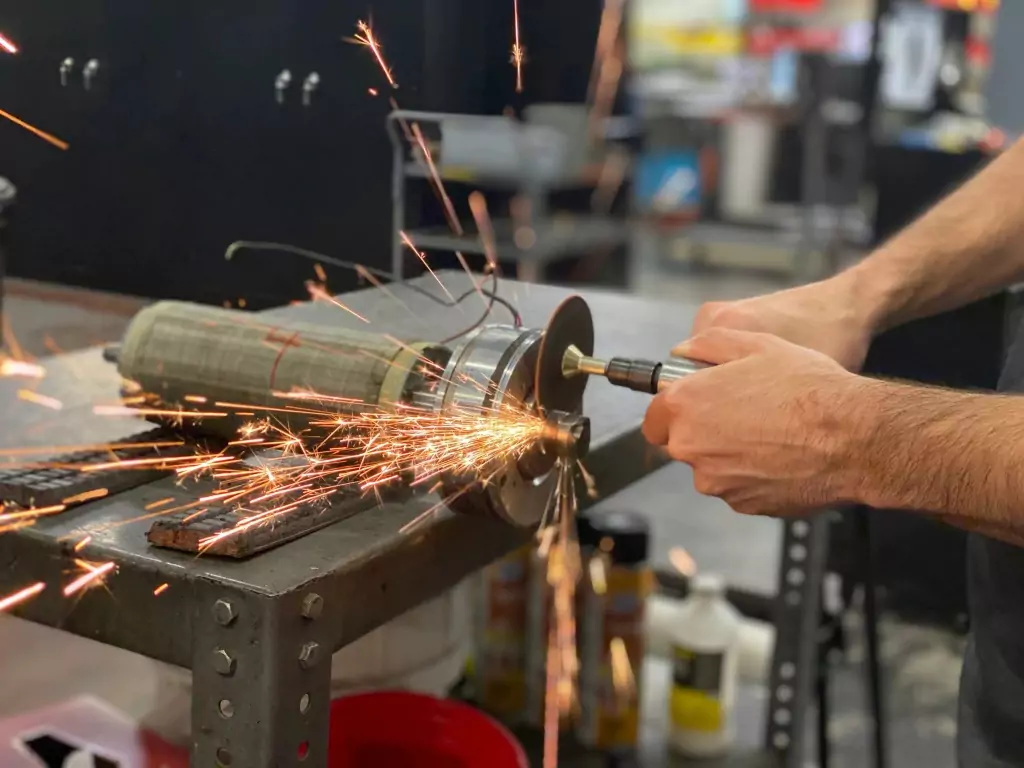
A Comprehensive Look at Servo Motors

Servo motors might be small, but they’re seriously impressive—they’re the hidden force behind the smooth, precise movements in much of the equipment we use today.
As a quick recap of the history of servo motors, numerous inventors helped pioneer feedback in electrical systems throughout the nineteenth century. In the 1960s, the brushless servo system was introduced. It quickly became a favorite for applications requiring immense precision control, and over time, there were many other solutions to the motors’ challenges.
There are many types of servo motors: AC servo motors are powered by alternating current, and they’re more suitable for high-power and high-precision applications, including industrial robotics and CNC machinery. DC servo motors are powered by direct current (DC) and are often more straightforward and cost-effective. They’re used in small robotics, toys, and hobby electronics.
Brushless servo motors use electronic commutation instead of brushes and have a longer lifespan, less maintenance, and better efficiency than brushed servo motors. Due to their everyday use in high-performance drones, aerospace, medical devices, etc., they’re typically higher in cost. Their counterparts, brushed servo motors, are cheaper and used in low-power applications. However, they often require more maintenance. Linear servo motors provide linear motion instead of rotary and are used in precision positioning systems, such as semiconductor manufacturing or automated inspection equipment.
Servo motors provide many advantages compared to standard motors or other actuator systems. They have high accuracy, quick response times, and they’re often easily integrated into control systems. Some disadvantages include the higher initial costs of implementation, the need for a proper feedback device, and consistent maintenance. However, these pieces of equipment are essential, and seeing that robotics, automotive, medical, and most other industries all use them, their value and necessity are clear.
Industrial Repair Service is equipped to handle any mechanical issues your servo motors may encounter. Our top priority is the comprehensive restoration, sealing, painting, and testing of your servo motor. All servo motor repairs undergo rigorous quality assurance testing and must meet stringent performance standards before leaving our facility.
When in doubt, contact the professionals for all your servo motor needs!
